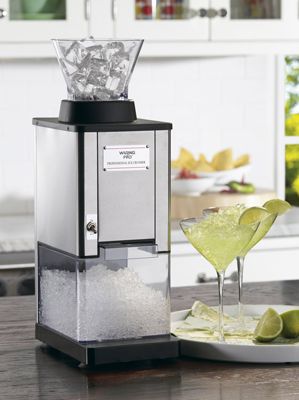Compact refrigerators are incredibly convenient, providing essential cooling in small spaces. However, like their full-sized counterparts, they require regular cleaning and maintenance to operate efficiently, keep your food fresh, and prevent the buildup of odors, mold, and mildew. Neglecting these simple tasks can lead to reduced performance, higher energy bills, and a shorter lifespan for your appliance. This guide will walk you through the essential steps to keep your compact refrigerator in pristine condition.
1. Regular Cleaning: The Foundation of Freshness
Consistent cleaning is crucial for hygiene and preventing unpleasant smells.
- Weekly Wipe-Down: Make it a habit to quickly wipe down spills and sticky spots as soon as they occur. This prevents them from hardening and becoming harder to remove later.
- Monthly Deep Clean:
- Unplug the Fridge: Always disconnect the power before cleaning to ensure safety.
- Empty Everything Out: Remove all food, drinks, and removable components like shelves, drawers, and door bins.
- Discard Expired Items: Ruthlessly throw away anything expired, moldy, or that you know you won’t consume.
- Wash Removable Parts: Wash shelves, drawers, and door bins with warm water and a mild dish soap. For stubborn grime, a soft brush can be helpful. Rinse thoroughly and let them air dry completely before returning them to the fridge.
- Wipe Interior Surfaces: Use a solution of warm water and a mild dish soap, or a mixture of equal parts white vinegar and water, to wipe down all interior walls, the ceiling, and the floor of the fridge. For tougher stains, a paste of baking soda and water can be effective.
- Clean Door Gaskets: Pay special attention to the rubber door gaskets (seals). These can accumulate crumbs and grime. Wipe them thoroughly with a damp cloth. Ensure they are clean and flexible to maintain a tight seal.
- Dry Completely: Before plugging the fridge back in and returning food, ensure the interior is completely dry to prevent mold growth.
2. Managing the Freezer Compartment (if applicable)
If your compact refrigerator has a freezer, its maintenance depends on its type.
- Manual Defrost Freezers: These small internal freezer boxes are common in compact fridges and are prone to frost buildup.
- Defrost Regularly: When frost buildup reaches about a quarter-inch thick, it’s time to defrost. Excess frost reduces efficiency and takes up valuable space.
- Process: Unplug the fridge, remove all frozen items (store them in a cooler with ice packs), leave the freezer door/compartment open, and place towels at the bottom to catch melting ice. Never use sharp objects to chip away ice, as this can damage the unit. Once defrosted, clean and dry the compartment before restarting.
- Auto Defrost/Frost-Free Freezers: These are typically found in two-door compact models and manage frost automatically, requiring less frequent intervention. However, they still benefit from periodic wiping down.
3. Optimize Placement and Ventilation
Proper placement is crucial for efficient operation and longevity.
- Adequate Airflow: Refrigerators need to dissipate heat. Ensure there’s enough space around the unit (check your manual for recommended clearances, typically 2-4 inches on the sides and back) for proper air circulation. Don’t push it flush against a wall or into an unventilated cabinet.
- Level Surface: Place the refrigerator on a flat, stable, and level surface to ensure the door seals properly and the compressor operates efficiently without excessive vibration or noise.
- Avoid Heat Sources: Keep the fridge away from direct sunlight, heating vents, ovens, or dishwashers, as external heat forces the compressor to work harder.
4. Smart Usage Habits
A few simple habits can make a big difference.
- Use Filtered Water: If you’re making ice in a freezer compartment, filtered water can reduce mineral buildup.
- Don’t Overpack: Overfilling the fridge restricts airflow, making it less efficient and potentially leading to warmer spots.
- Minimize Door Openings: Try to get everything you need in one go to prevent cold air from escaping.
- Check Door Seal: Periodically check the door gasket for cracks or stiffness. A poor seal allows cold air to escape. You can test it by closing the door on a piece of paper; if the paper slides out easily, the seal might need attention.
Conclusion
Regular cleaning and proper maintenance are vital for maximizing the efficiency, longevity, and hygiene of your compact refrigerator. By following these simple steps, you can ensure your mini-fridge continues to provide reliable cooling, keeping your food fresh and your drinks perfectly chilled for years to come, all while saving energy and preventing unpleasant surprises.


